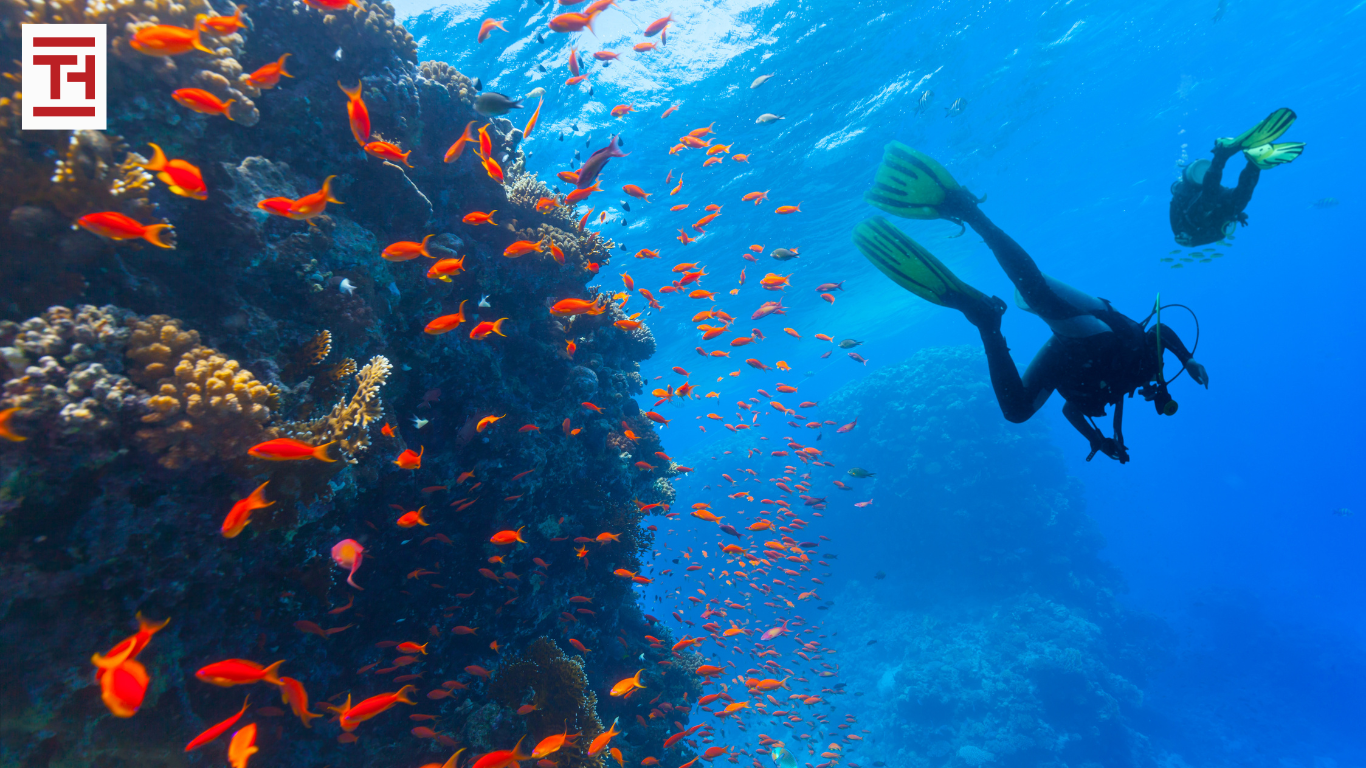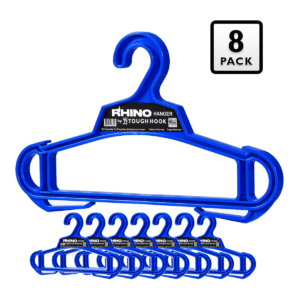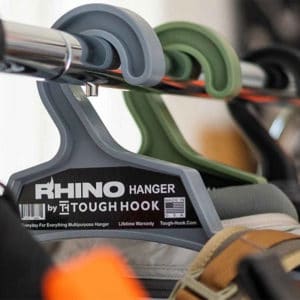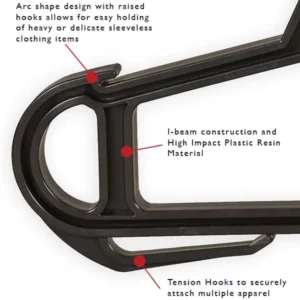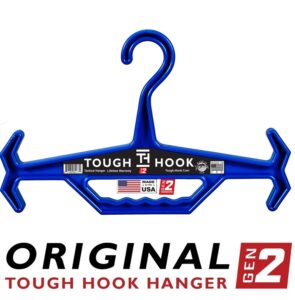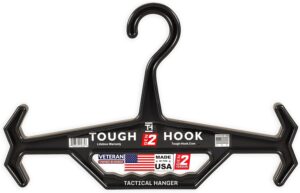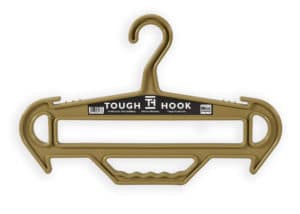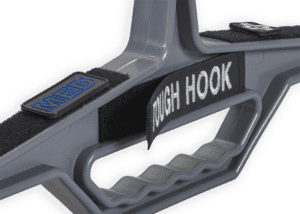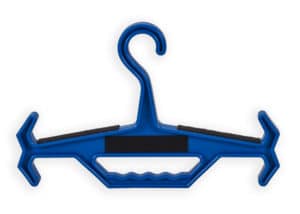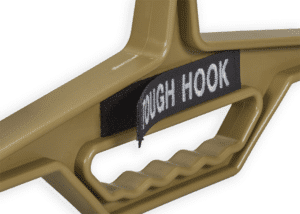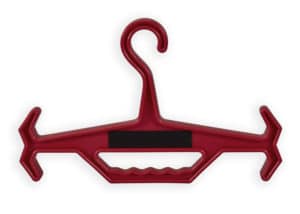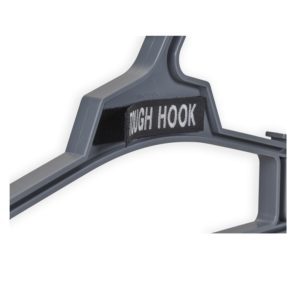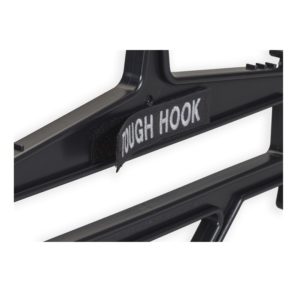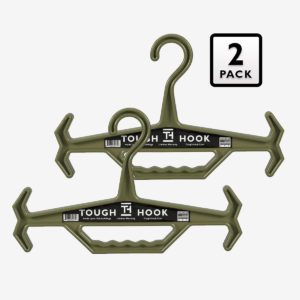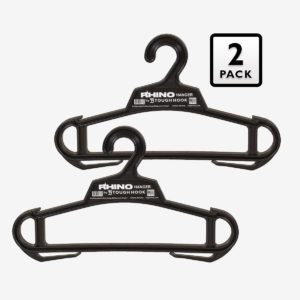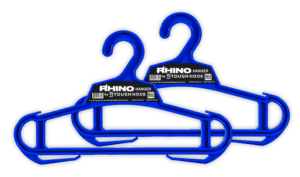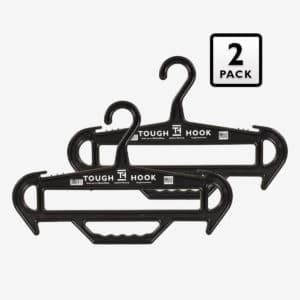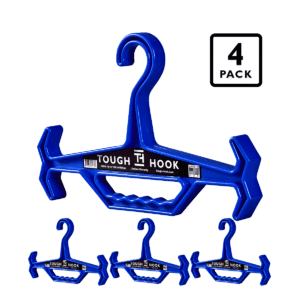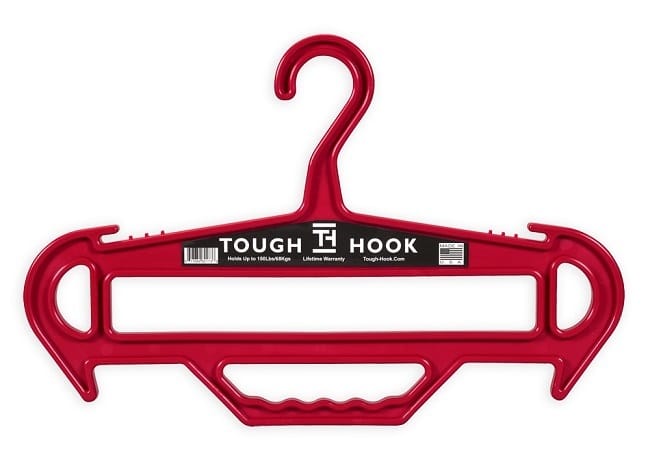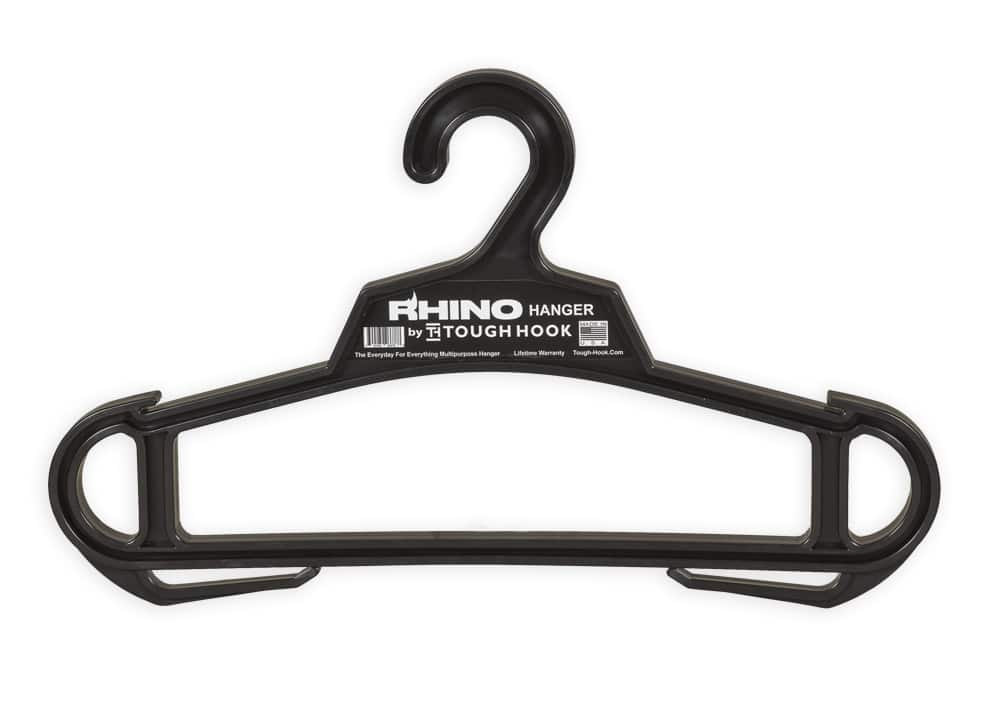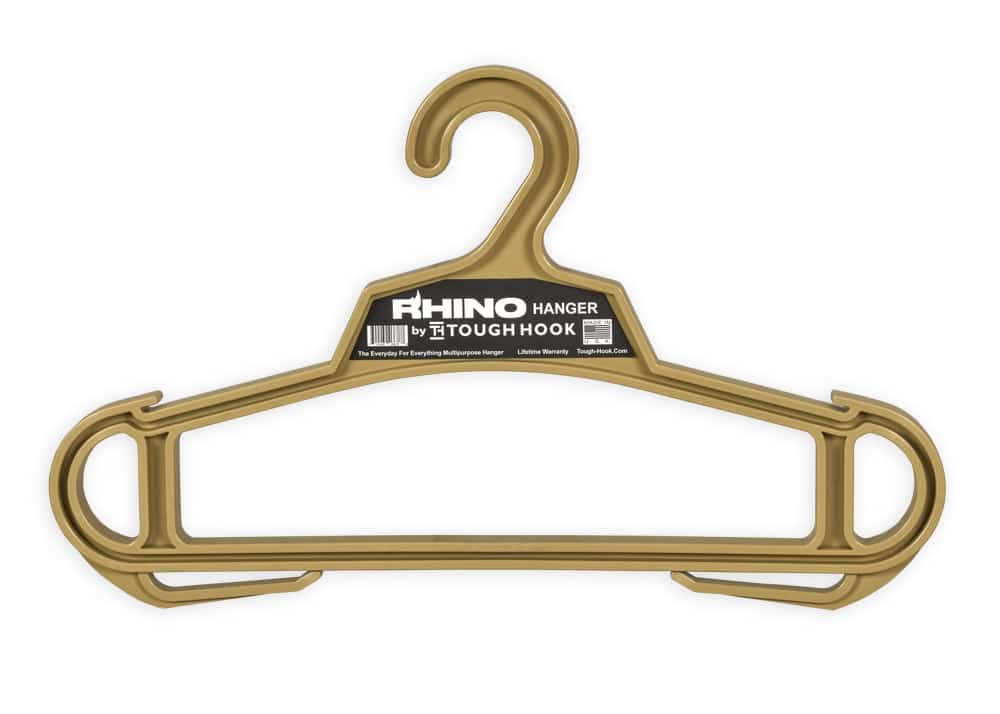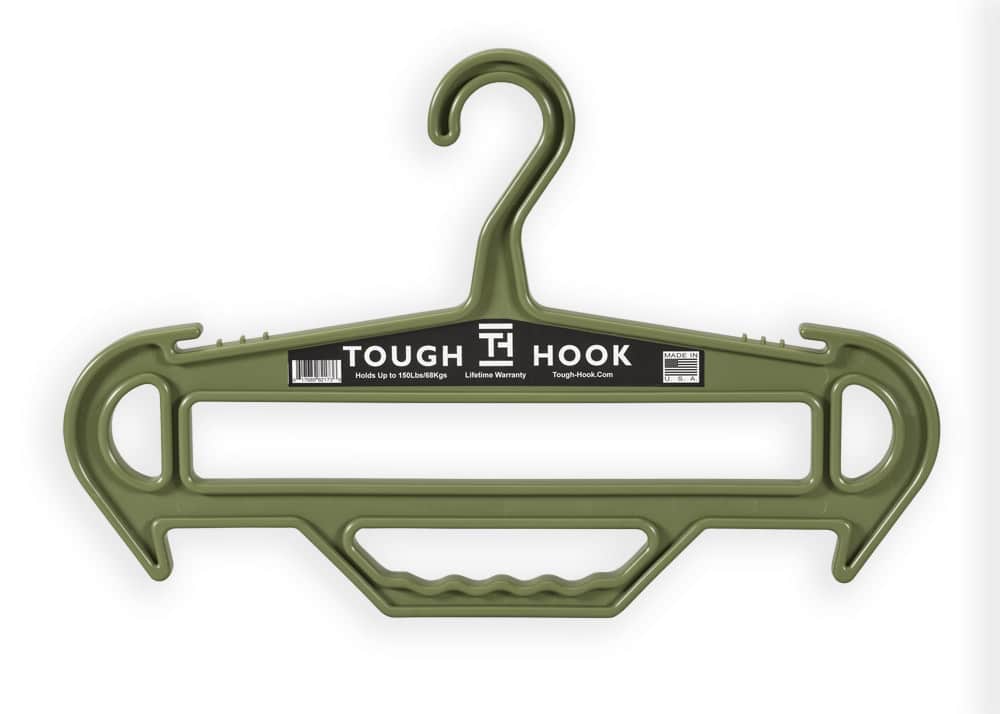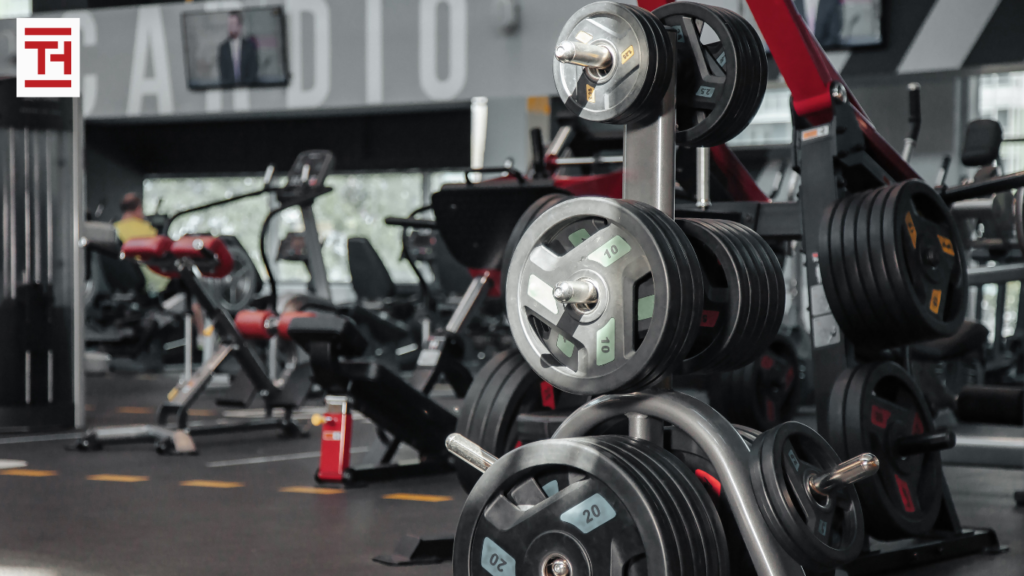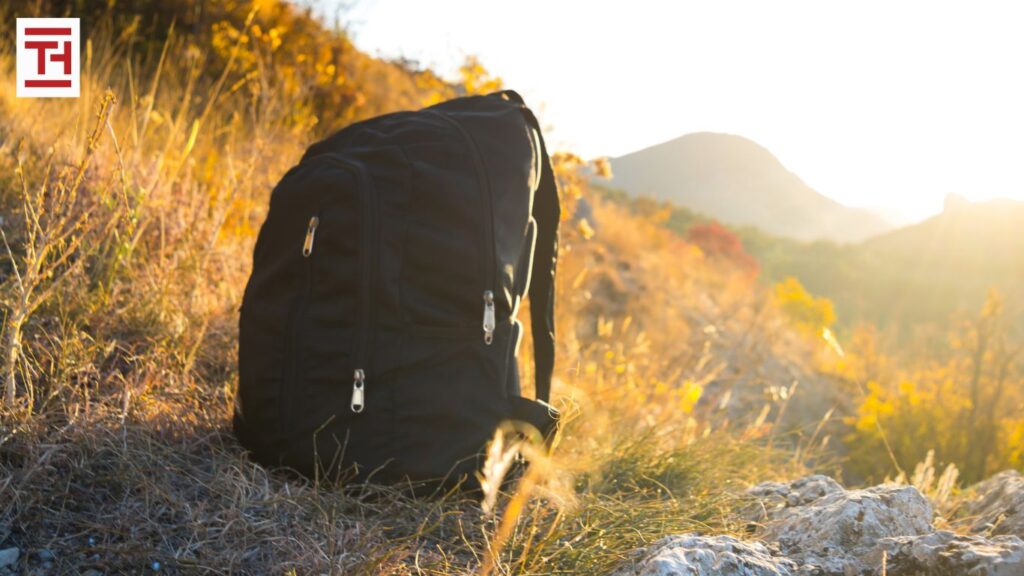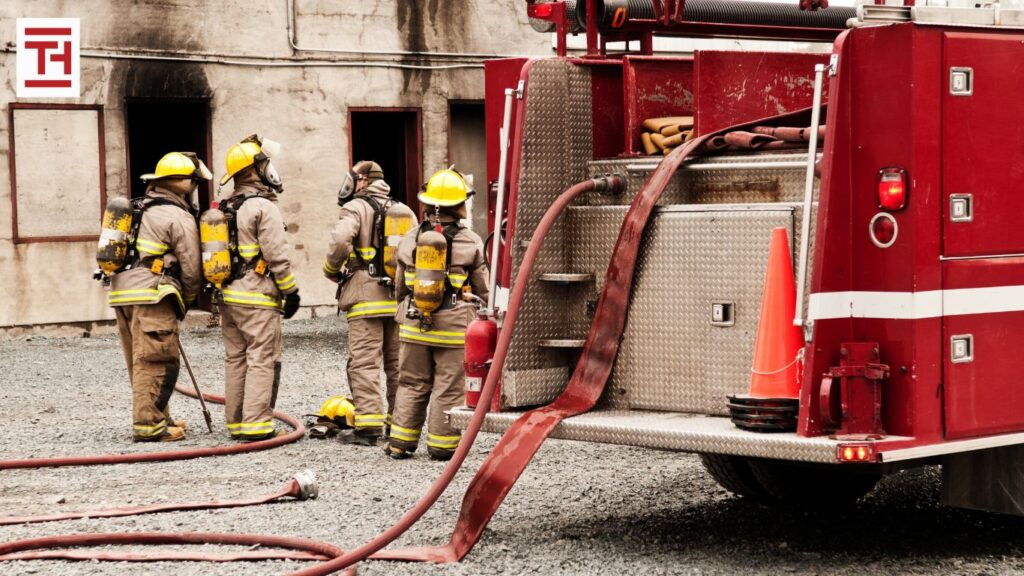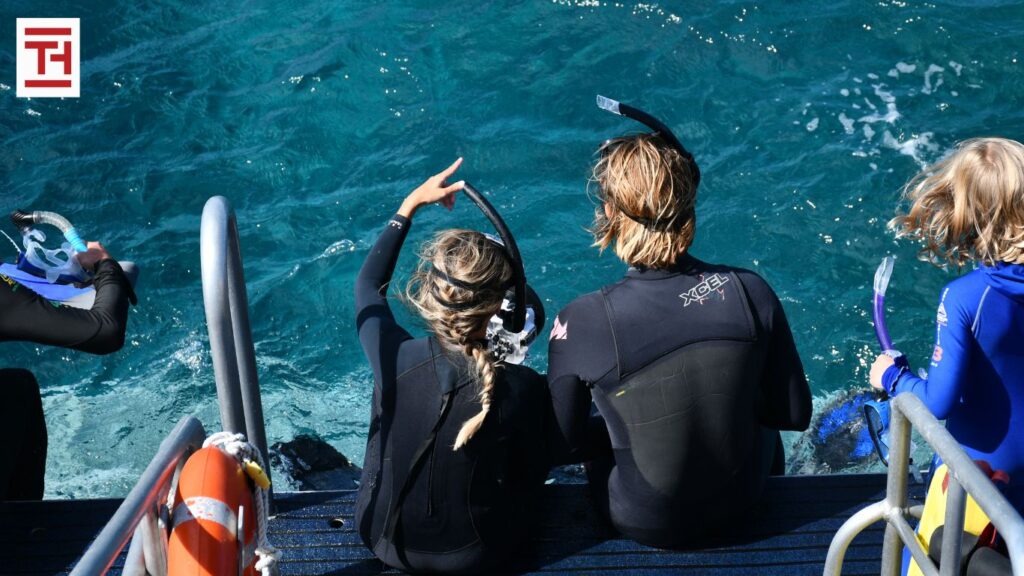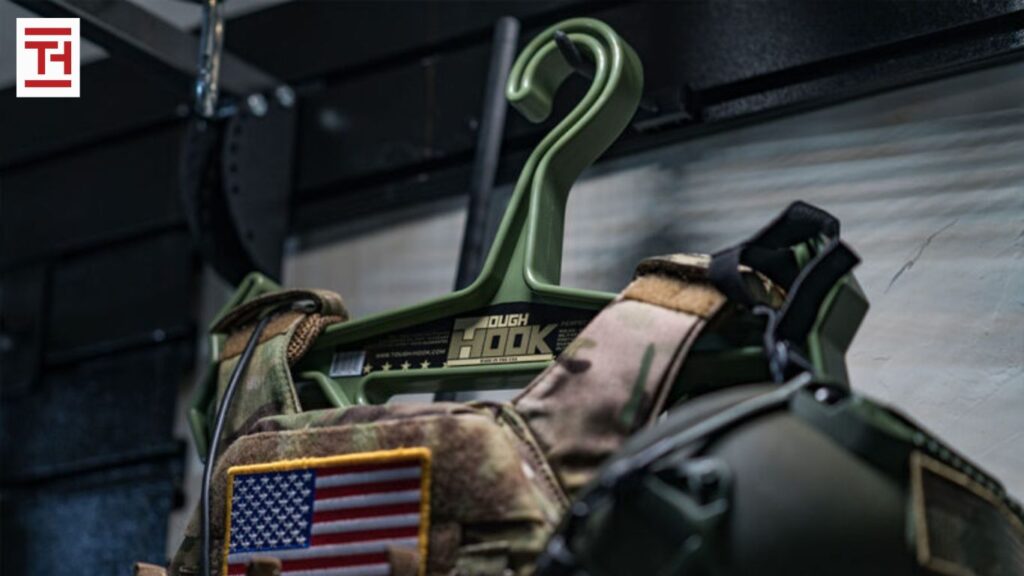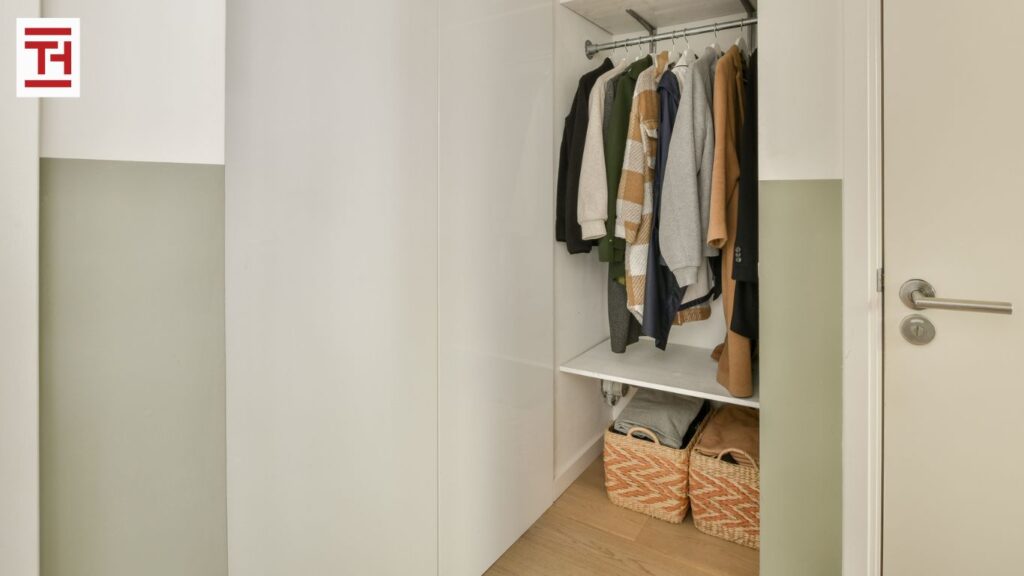The dive is over. You’re safely back on the boat or on the shore, adrenaline still humming in your veins, the vivid images of the underwater world already becoming cherished memories. But as the excitement fades, the reality of the post-dive chore list settles in. Among the most crucial, and often most neglected, parts of this routine is the proper cleaning, drying, and storage of your scuba and freediving gear. Get this wrong, and you risk everything from foul odors and mildew to, more seriously, premature equipment degradation and failure.
While much is written about rinsing and cleaning, let’s zero in on a seemingly mundane, yet profoundly important, aspect of gear maintenance: the storage of your wet equipment. Specifically, we’re going to talk about the unsung hero of the dive locker: the heavy-duty hanger. This isn’t just about keeping things off the floor; it’s about protecting your substantial investment in diving gear and ensuring it’s ready for your next adventure.
The Problem with Standard Hangers
You’ve just hauled your neoprene, BCD, and regulator setup out of the rinse tank. Everything is dripping, heavy, and bulky. Instinctively, you reach for the nearest hanger. Maybe it’s a flimsy plastic one from the local big-box store, or perhaps a thin metal wire hanger. Stop right there. This is a critical mistake that can damage your gear over time.
Standard, lightweight hangers are designed for shirts and light jackets, not the several pounds of wet, waterlogged equipment that makes up your dive kit. What happens when you use them?
-
Bending and Breaking: The plastic snaps under the weight of a wet wetsuit or drysuit, sending your expensive neoprene crashing to the floor, often into a pile of other gear.
-
Deformation and Stress: Wire hangers might not snap, but they will bend into an awkward shape. Worse, the thin surface area of both wire and cheap plastic puts excessive stress on the shoulders of your expensive buoyancy control device (BCD) or suit. Over time, this concentrated pressure can lead to permanent creasing, tearing, or stretching of the material, compromising its fit and integrity.
-
Poor Drying: They lack the robust design to properly hold the gear open and away from the wall, hindering the necessary airflow required for thorough drying. Trapped moisture is the perfect breeding ground for mildew and the notorious “neoprene funk.”
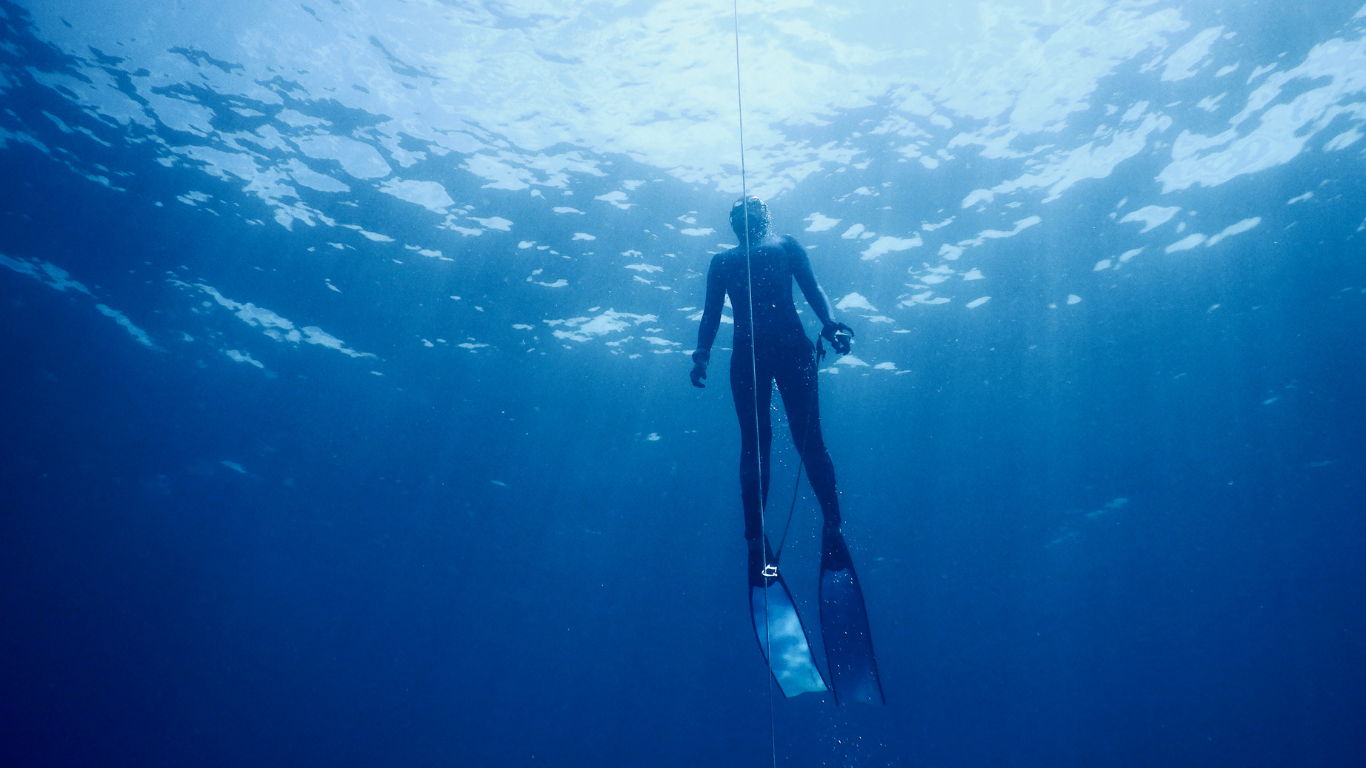
2 Pack RHINO Heavy Duty Clothes Hanger Bundle
Original price was: $25.95.$23.95Current price is: $23.95.The Importance of Proper Drying and Airflow
Before storage, your gear must be completely dry, both inside and out. This isn’t just a best practice; it’s a mandatory step for equipment longevity and hygiene. A specialized, heavy-duty hanger is crucial because it facilitates this process.
A properly designed gear hanger offers key advantages for drying:
-
Maximized Surface Area: The broad, curved design supports the suit or BCD across the entire shoulder area, preventing stress points and allowing the material to hang naturally and open.
-
Structural Integrity: The robust structure holds the gear away from the wall or other objects, ensuring that air can circulate freely around the equipment. This 360-degree airflow is the fastest and most effective way to dry thick neoprene and the multiple layers of a BCD’s lining.
-
Weight Capacity: They are engineered to handle the substantial, temporary weight of fully soaked gear without warping, bending, or breaking.
Enter the Heavy-Duty Hanger Solution
This is where companies specializing in extreme-use gear, like Tough Hook, come into the picture. Tough Hook doesn’t just make clothing hangers; they manufacture heavy-duty equipment hangers built with materials and designs that are fundamentally different from household hangers. These are essential tools in a diver’s equipment maintenance arsenal.
The hangers from Tough Hook are an example of gear built for abuse. They are often constructed from high-impact, industrial-grade polymer or similar durable materials, designed to support weights far exceeding what a standard wetsuit or BCD weighs, even when fully saturated. They are designed for military, tactical, and extreme outdoor use—and few things are harder on gear than the marine environment.
Here is what to look for and expect in a quality heavy-duty equipment hanger:
-
Robust Materials: Look for high-strength plastic polymers or metals that are corrosion-resistant. Remember, you are hanging dripping, saltwater-exposed gear.
-
Wide Shoulder Design: The contact point with your BCD or suit should be wide, distributing the load and preventing creases and stress marks. This is the single most important feature for protecting the shape of your neoprene.
-
Integrated Utility: The best models may include features like extra hooks or notches for hanging boots, gloves, fins, or regulators, creating an organized, self-contained drying station.
-
Secure Attachment: A solid hook that can grip onto various diameter poles, ropes, or shower rails is essential for a stable and secure setup.
The Complete Post-Dive Storage Protocol
Integrating the heavy-duty hanger into your post-dive routine is straightforward, yet incredibly impactful. Follow these steps for the best results:
Rinsing and Cleaning:
-
Rinse Immediately: Soak all gear in fresh water immediately after diving to remove salt, chlorine, and sediment.
-
Clean Neoprene: Use a specialized neoprene wash for suits, gloves, and boots. This removes organic material and prevents odor-causing bacteria and mildew.
-
Flush the BCD: Thoroughly flush the bladder of your BCD with fresh water, draining it fully through all ports.
Drying with a Heavy-Duty Hanger:
-
Hang Immediately: After rinsing and a gentle shake to remove excess water, hang your wetsuit or drysuit inside-out first. This allows the internal lining, which absorbs the most water and body oils, to dry first.
-
Use the Right Hanger: Thread the neoprene or BCD onto a heavy-duty hanger, such as one from Tough Hook, ensuring the shoulders are fully supported.
-
Maximize Airflow: Hang the gear in a well-ventilated, shady area out of direct sunlight. UV rays are highly damaging to neoprene and BCD materials.
-
Flip: Once the inside is dry (after 12-24 hours), flip the suit right-side out and hang it again to finish drying the exterior.
-
Check for Dampness: Only store the gear when it is completely and unequivocally dry to the touch, both inside and out.
Long-Term Storage:
-
Hang, Don’t Fold: Always store your BCD and suits on the heavy-duty hanger. Folding neoprene creates permanent creases that compromise the material’s insulating properties and can lead to cracking.
-
Climate Control: Store the hung gear in a cool, dry, dark place. Heat, humidity, and light are the three main enemies of diving equipment.
By upgrading this single piece of equipment—the humble hanger—you transform your gear maintenance from a risk into a safeguard. The minor investment in a quality, heavy-duty hanger like those offered by Tough Hook protects the far greater investment you’ve made in your diving gear, ensuring it lasts longer, smells better, and is always ready for your next plunge into the deep blue. Don’t let a cheap piece of plastic or wire be the weakest link in your meticulously maintained dive kit.

